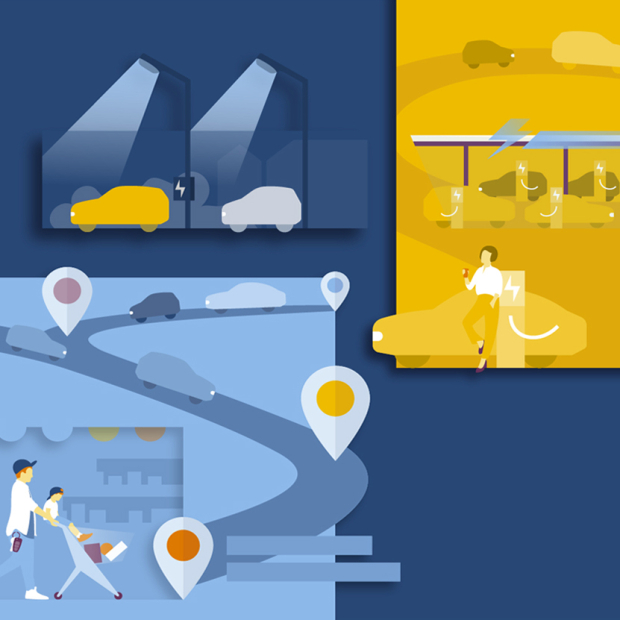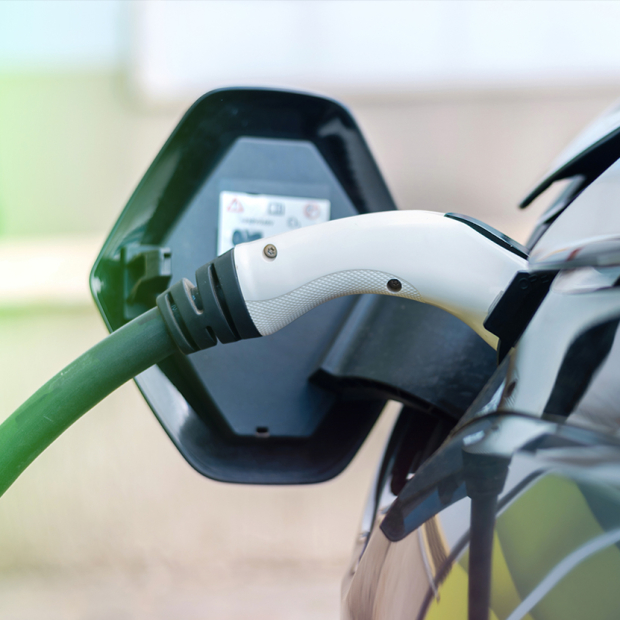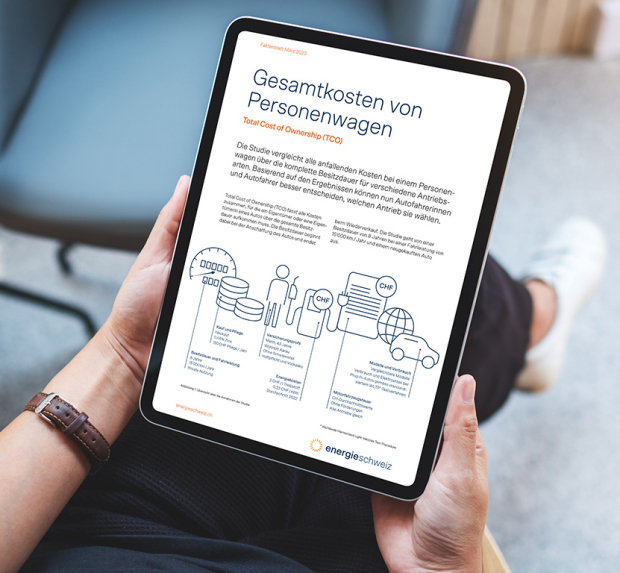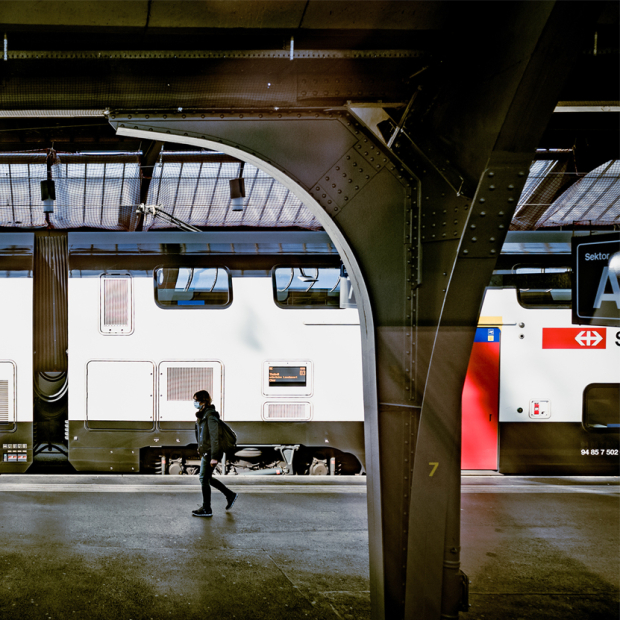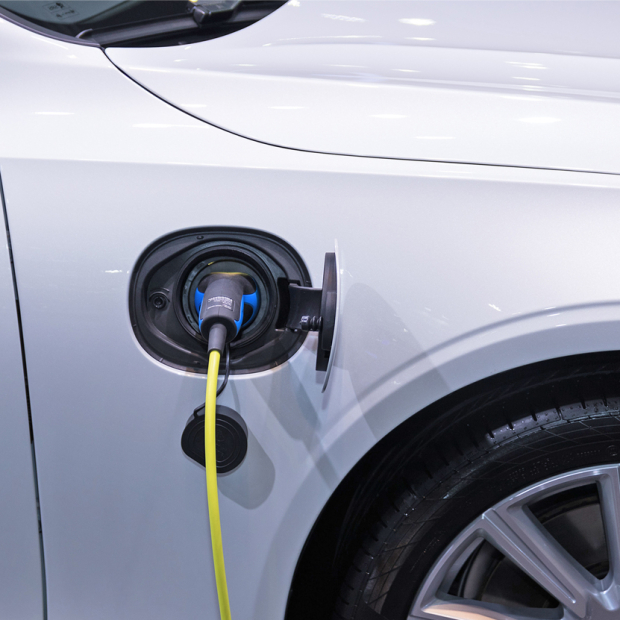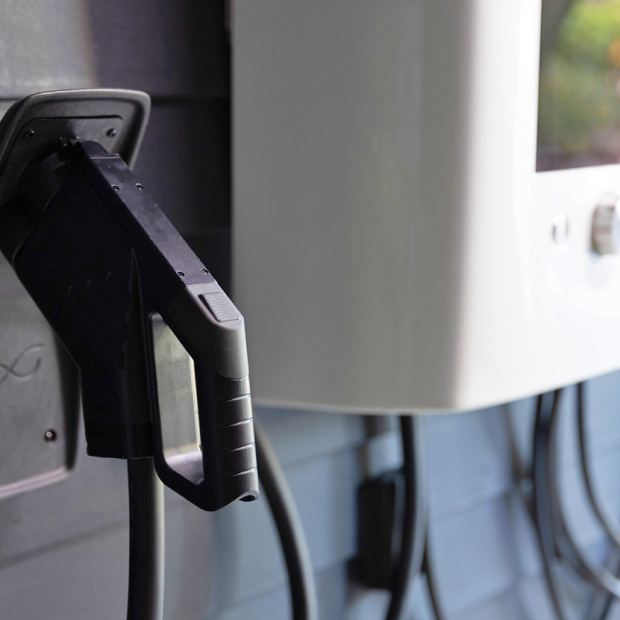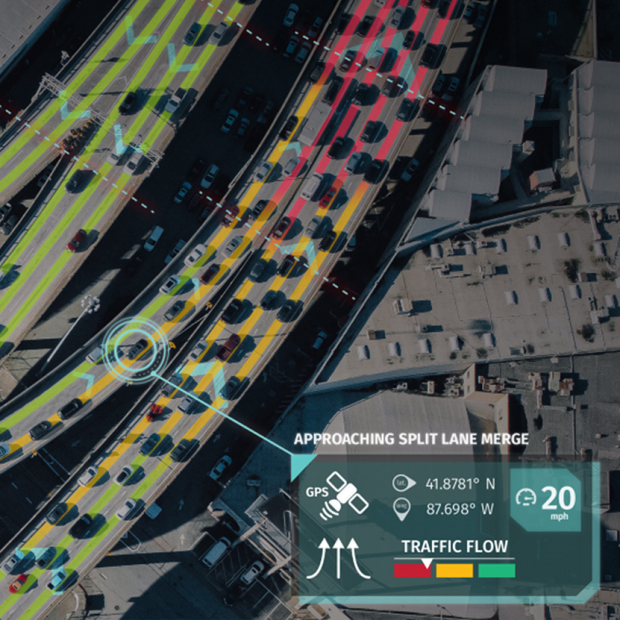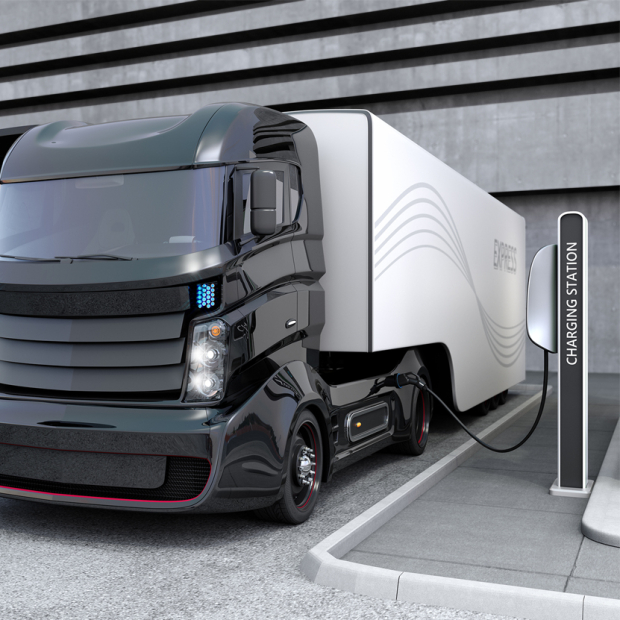
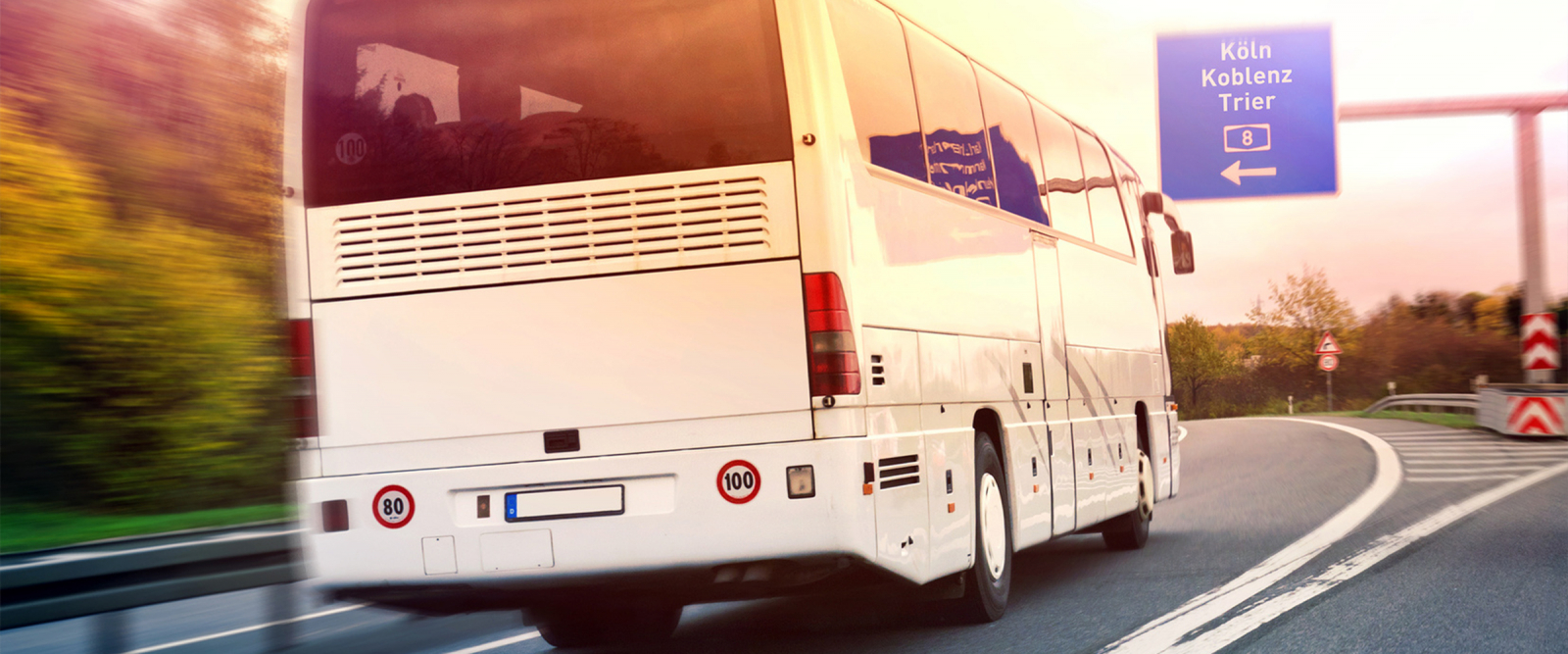
Intercity Bus Supply Impact on Travel Demand and Emissions in Germany
With the liberalisation of long-distance coach journeys in Germany, this new mode of transport has achieved significant market shares. EBP drew up an emissions balance sheet, considering the behaviour of travellers.
Survey of long-distance coach travellers
The basis of the emissions balance sheet of EBP was a survey of 2,100 individuals conducted by the Bonn institute for Applied Social Science (infas). When asked about their last long-distance coach journey, the participants in the survey travelled an average distance of 380 km. Over 90% listed personal reasons for their travel. It was also shown that around 13% of the journeys were newly induced, 46% of the journeys would have been carried out by rail and about 36% by car (as a driver or passenger). Here, the low price was the main motivation for deciding to select the long-distance coach. In exchange, the travellers were willing to put up with comparatively long travelling times and small seats.
Harmful substance classes of the long-distance coaches used
The long-distance coach fleet seems to have been completely built up from new registrations. EBP was able to show this with the following methods:
- Literature research
- With an analysis using the EBP fleet model and based on the registration figures (existing and new registrations) for coaches pursuant to the Federal Motor Transport Authority.
- Random checks of vehicle types based on the information on the coach company’s websites.
In 2015, around three quarters of the coaches fulfilled the EURO-VI standard.
Emissions balance sheet
With the data determined, EBP prepared an emissions report by way of example per traveller for 200, 400 and 600 km, considering the capacity utilisation per passenger. The saved emissions of alternative means of transport were confronted with the additional emissions generated by long-distance coach journeys. In addition to the main journey, EBP also considered, for long-distance coach journeys and for alternative means of transport, the trip to the place of boarding and further travel from the destination. Under investigation were greenhouse gases, carbon monoxide, volatile hydrocarbons, nitrogen oxides and fine particulates
Based on the answers provided by the travellers and the assumptions regarding capacity utilisation and emission factors of the various means of transport, we showed that long-distance coaches reduce emissions compared to alternative means of transport. The main reason is the shifting from cars and aeroplanes to long-distance coaches.
Conclusion
The environmental and transport policy framework in Germany requires further development. To this end, the long-distance coach should strengthen ecomobility and optimal use should be taken of the advantages of coach and rail travel with a view to contributing to environmental and climate protection.



